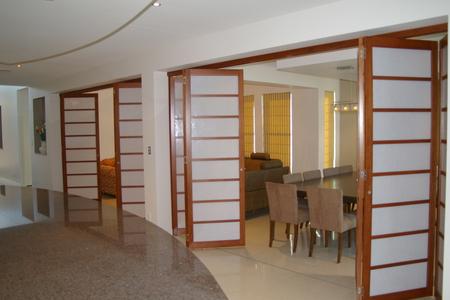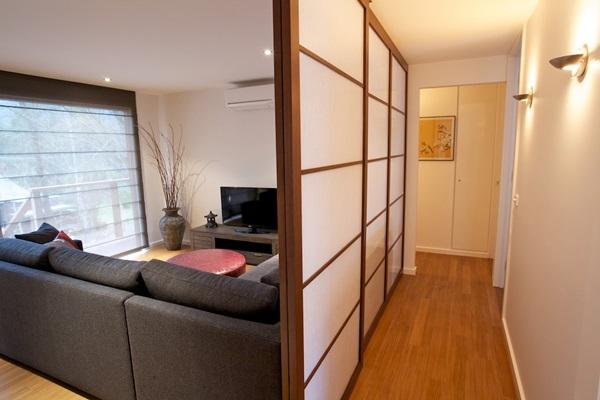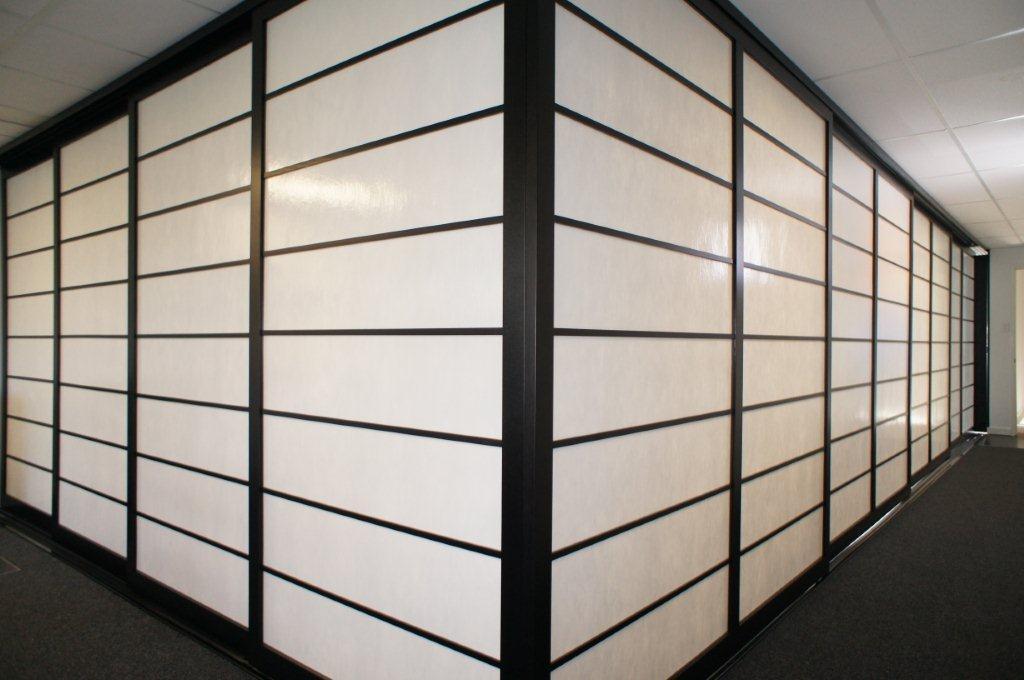Shoji Doors: 10 Interesting Facts
1. Shoji is a traditional Japanese style of door, screen, or room divider that originated during the Heian period (794-1185). It has since become an iconic element of Japanese architecture and design.
2. Translucent Paper: Shoji panels are typically made with translucent paper known as washi. This paper is handmade using traditional methods and provides a soft diffused light when the panels are closed, creating a warm and peaceful ambiance.
3. Timber Frame: Old fashion Shoji screens and doors have a timber frame, usually made from lightweight and durable Japanese cypress called hinoki. The frame is meticulously crafted and often features intricate joinery techniques.
4. Sliding Mechanism: Shoji doors and screens are designed to slide smoothly along wooden tracks. This sliding mechanism allows for flexibility in adjusting the space, making them ideal for creating separate areas or larger open spaces when needed.
5. Versatility: Shoji screens and room dividers are highly versatile. They can be used in various settings, including homes, offices, tea houses, and traditional Japanese ryokans (inns). Shoji doors are commonly found in traditional Japanese tatami rooms (rooms that you can dine in, relax or sleep with traditional tatami mats).
6. Privacy and Light Control: Despite their translucent nature, Shoji screens offer a degree of privacy. The rice paper used in their construction diffuses light, obscuring direct views while still allowing a soft glow to filter through, creating a serene and intimate atmosphere.
7. Aesthetics and Simplicity: Shoji screens are renowned for their minimalist and elegant design. The clean lines, delicate wooden lattice patterns (kumiko), and simplicity of materials embody the principles of traditional Japanese aesthetics.
8. Cultural Significance: Shoji doors and screens have cultural significance in Japan. They represent concepts such as privacy, harmony with nature, and the interplay of light and shadow. Their use in traditional Japanese architecture reflects the country’s rich cultural heritage.
9. Zen and Tranquility: Shoji doors and screens contribute to a sense of Zen and tranquility in spaces where they are used. The soft light, combined with the simplicity and natural materials, creates an atmosphere conducive to relaxation, meditation, and contemplation.
10. Influence in Modern Design
Shoji doors and screens have made their way into modern interior design globally. Their minimalist and versatile nature aligns with contemporary design principles, making them a popular choice for those seeking a touch of Japanese aesthetics. We supply Shoji doors with Tasmanian oak frames and acrylic inserts replacing the traditional rice paper.
Shoji doors, screens, and room dividers represent the timeless beauty and cultural significance of Japanese design. Their wooden frames, translucent panels, and sliding mechanisms combine to create an aesthetic and functional element that adds elegance and tranquility to any space. Whether used in traditional or modern settings, Shoji doors and screens continue to captivate people with their simple yet profound beauty.





